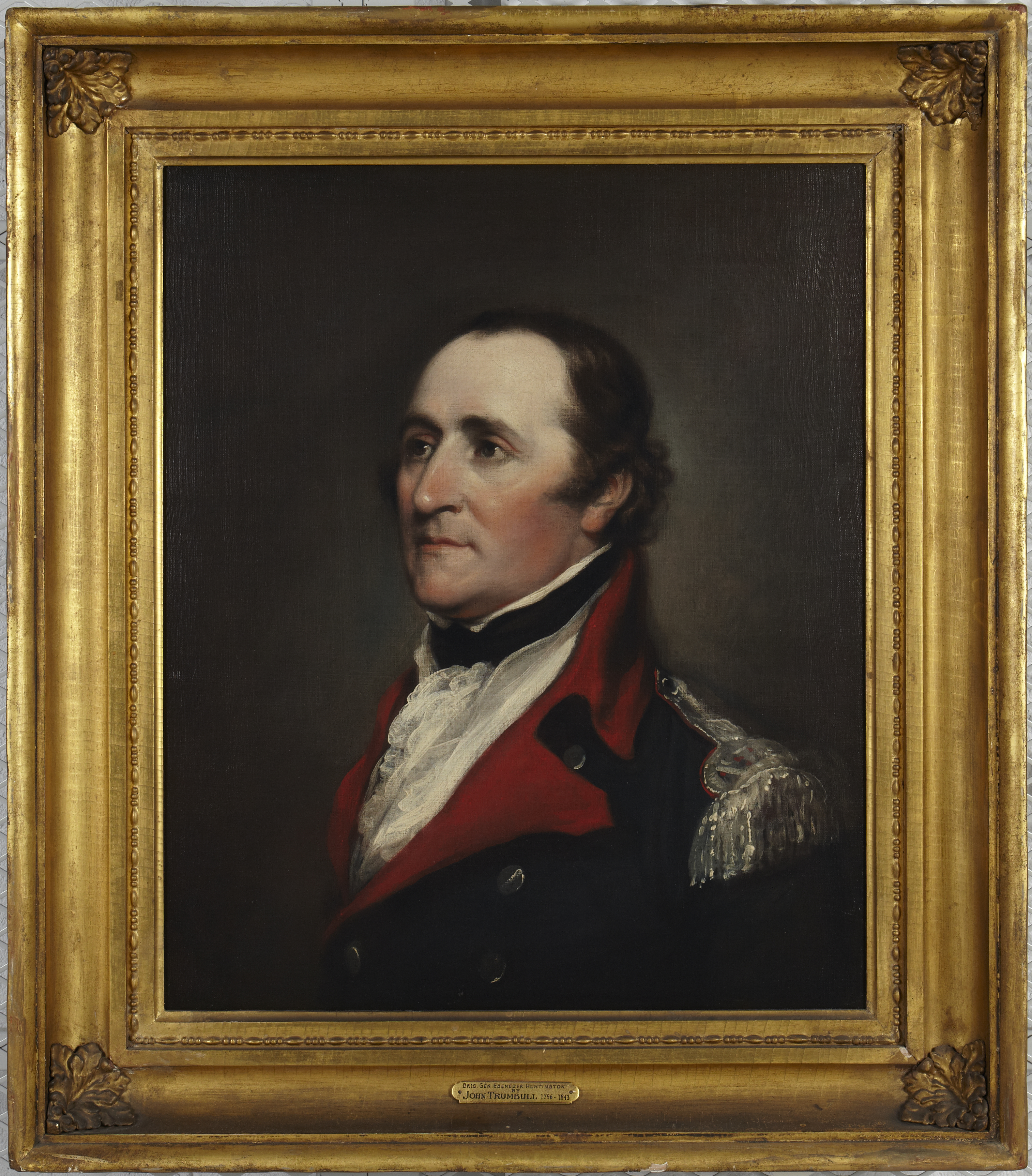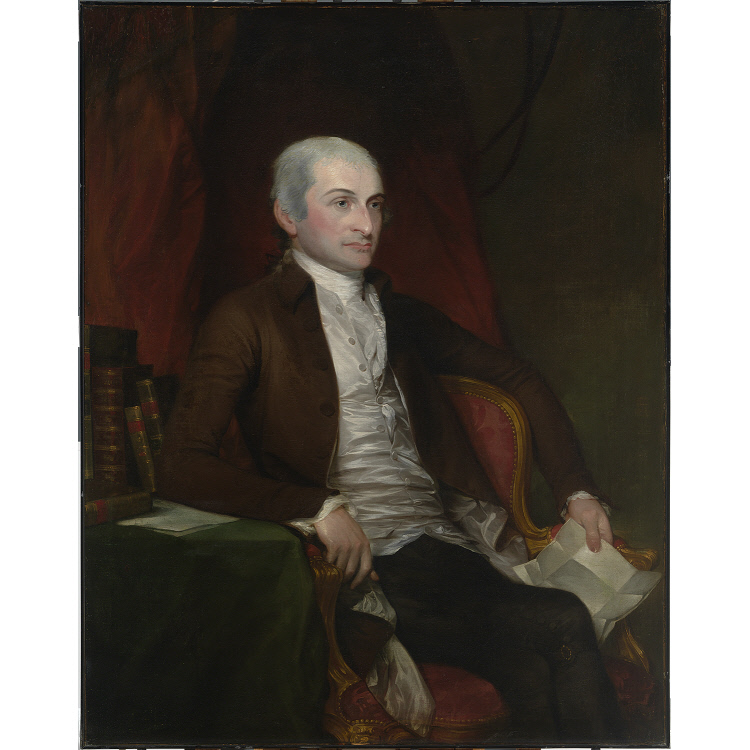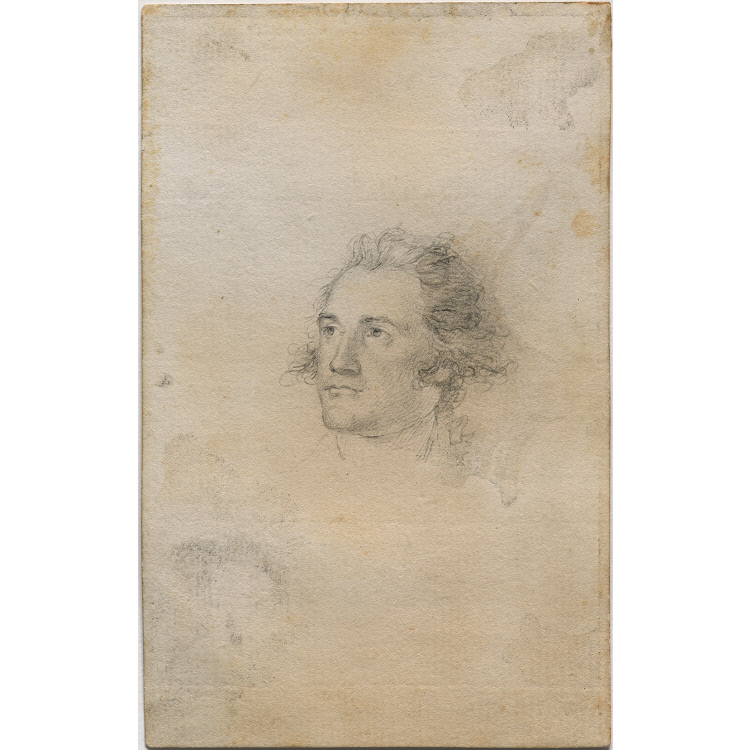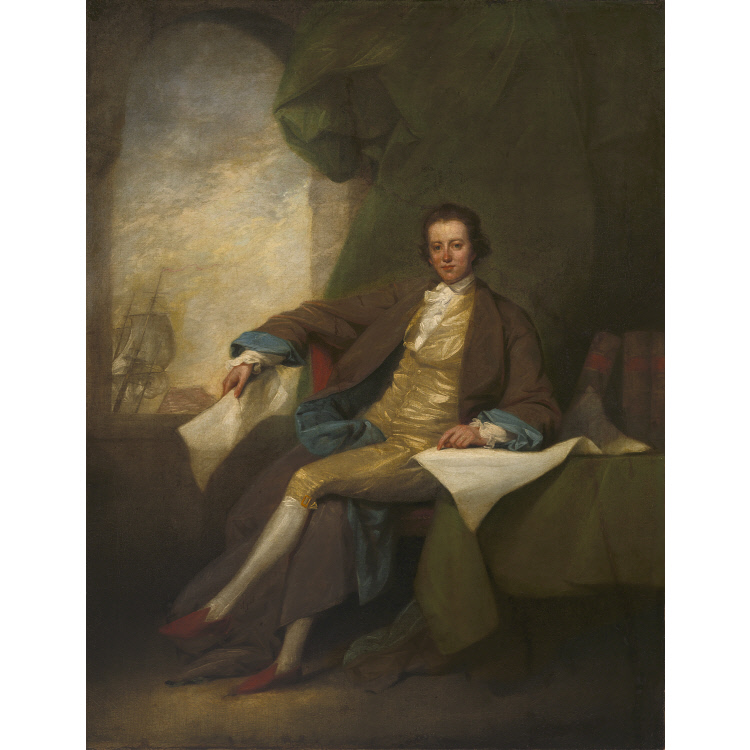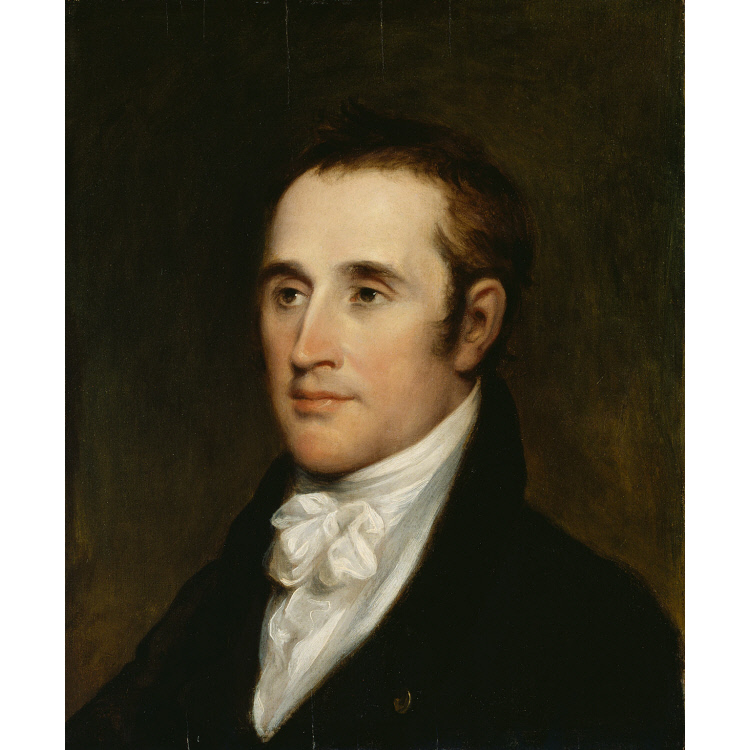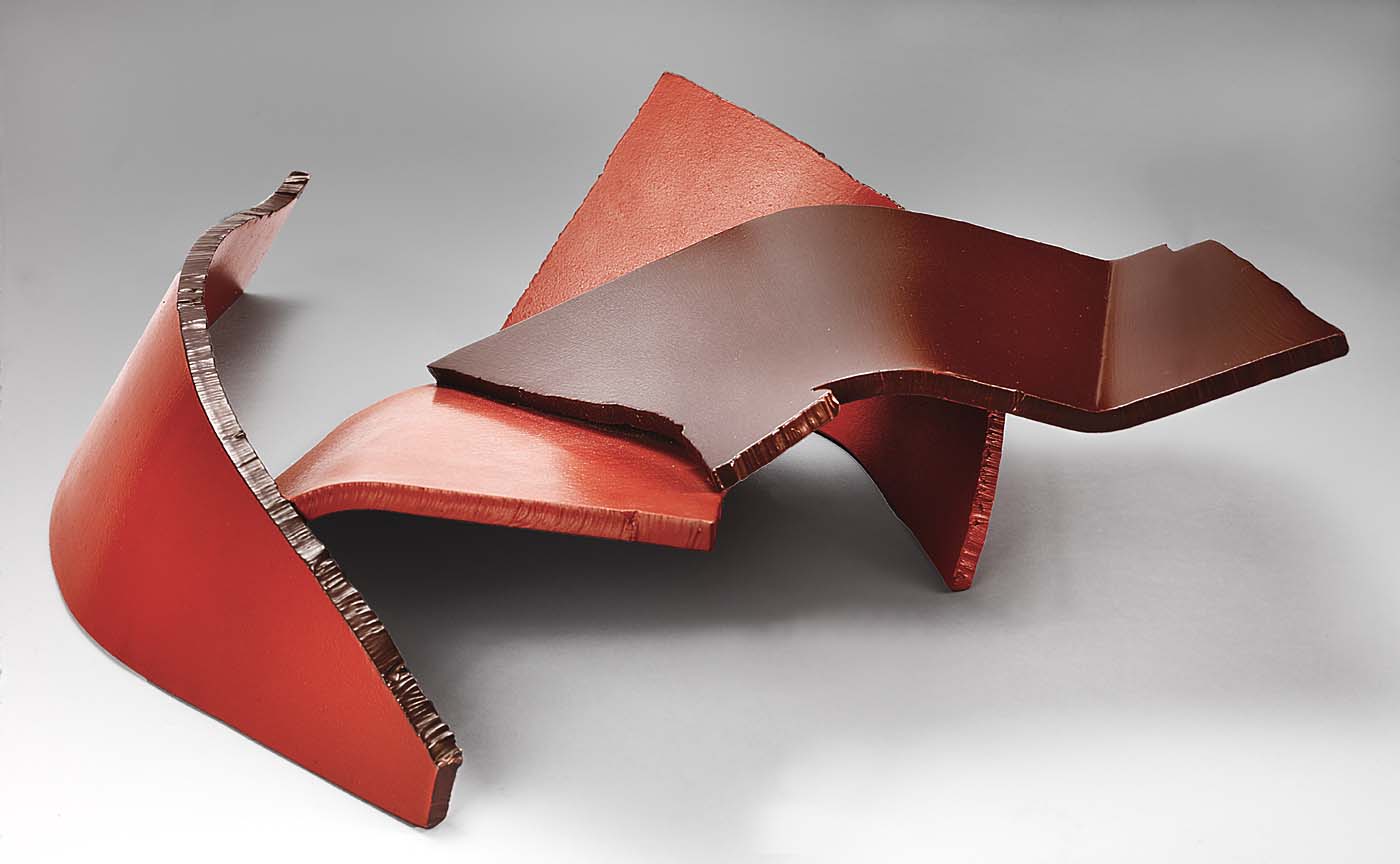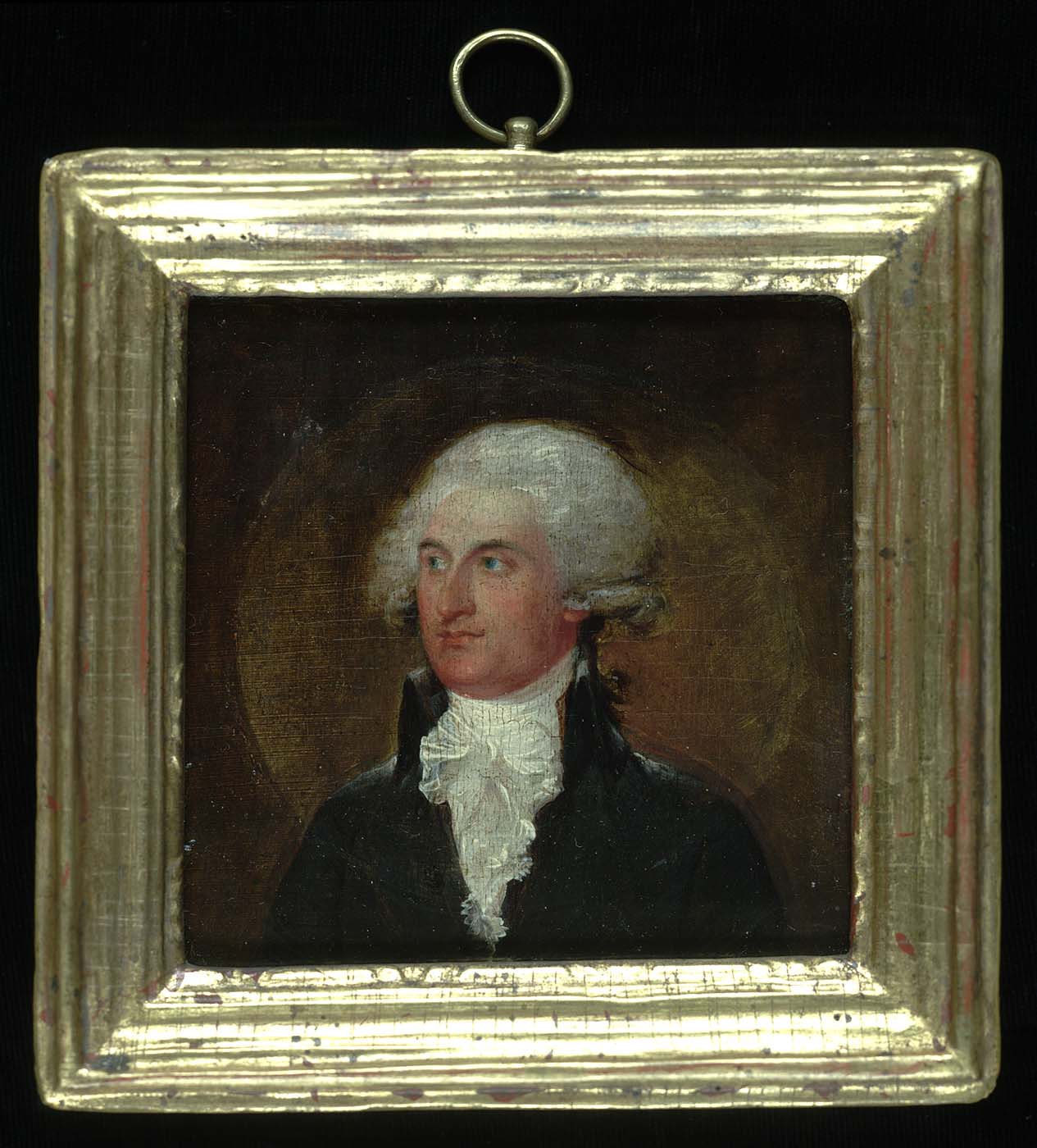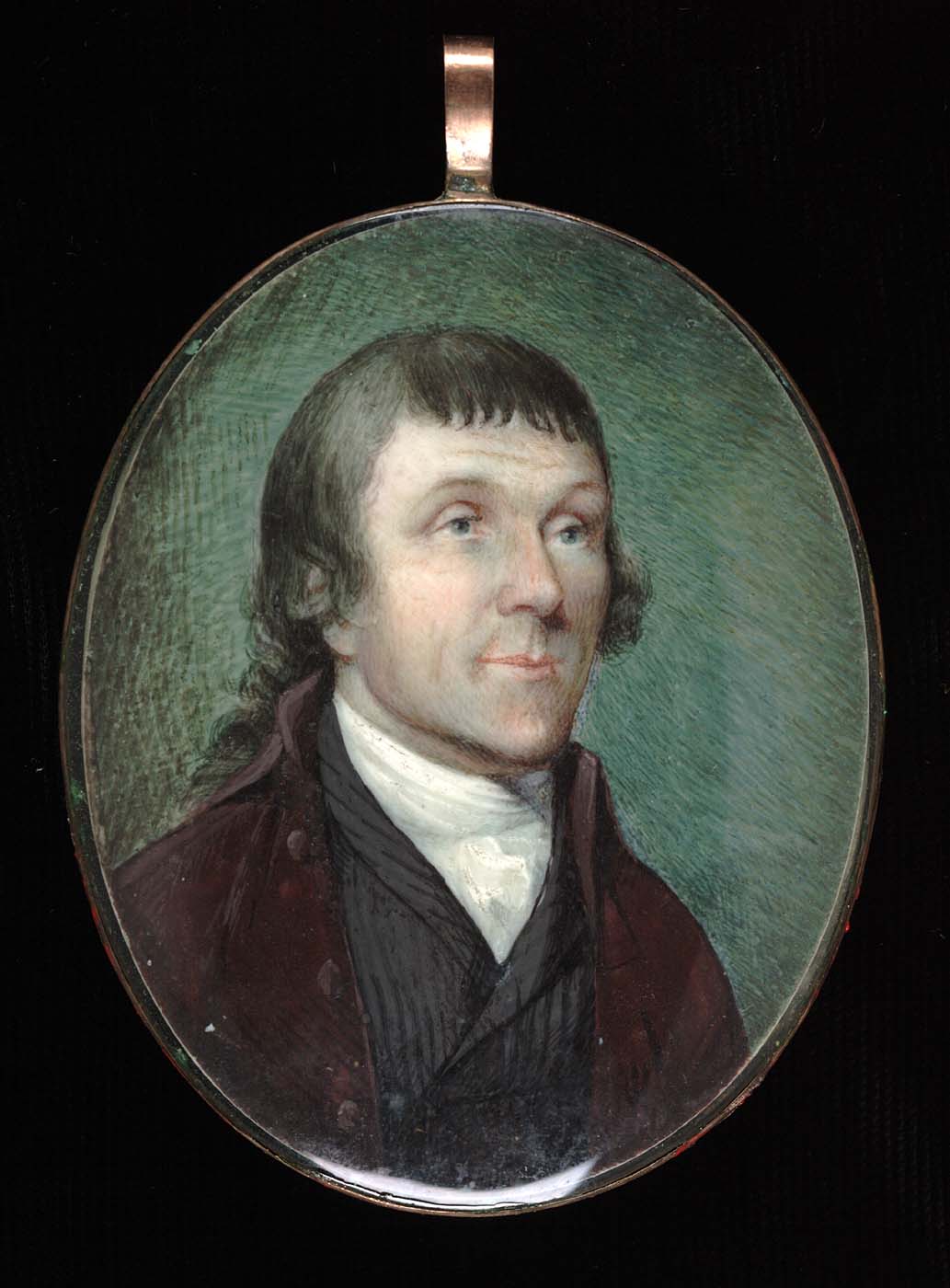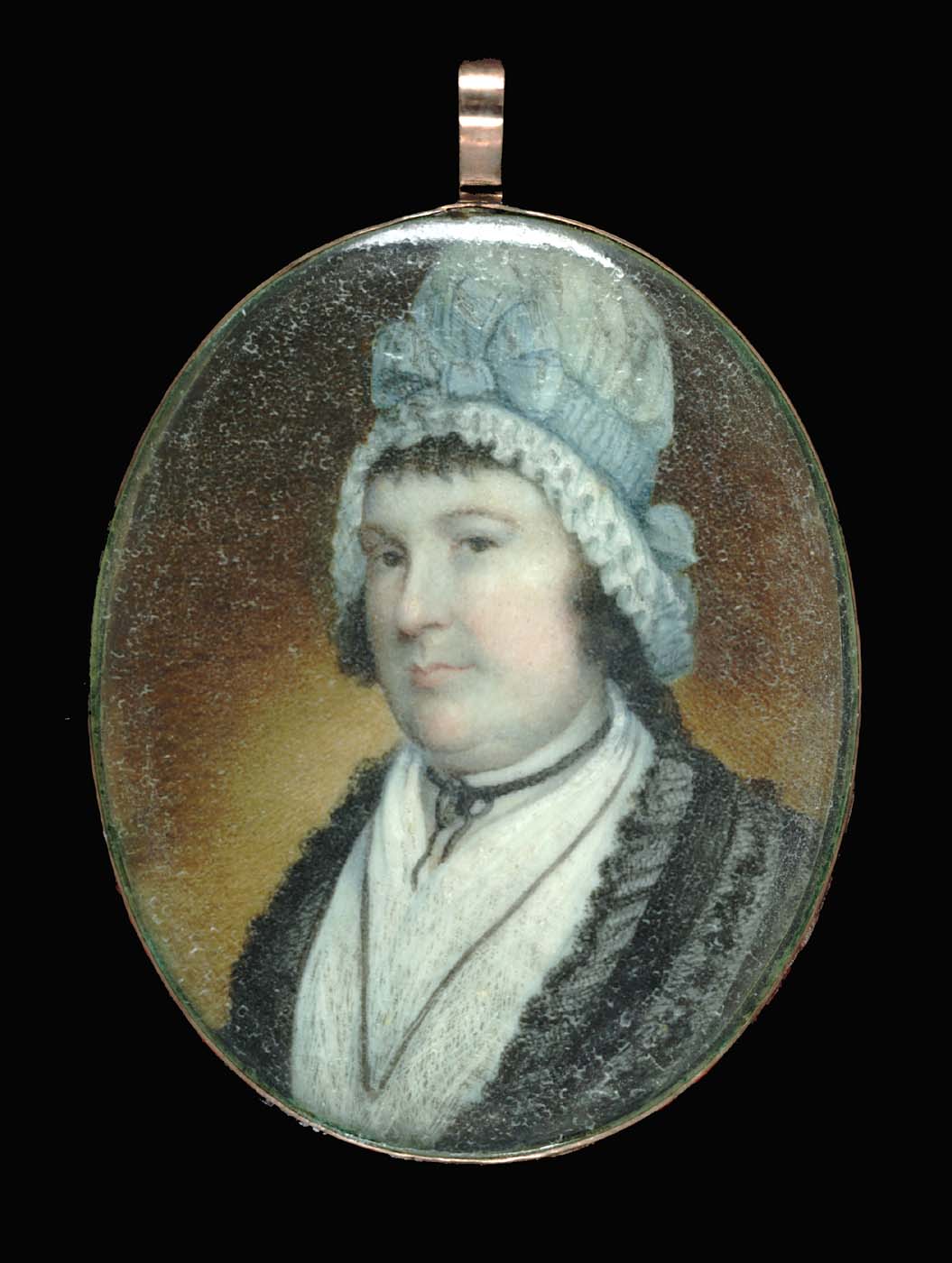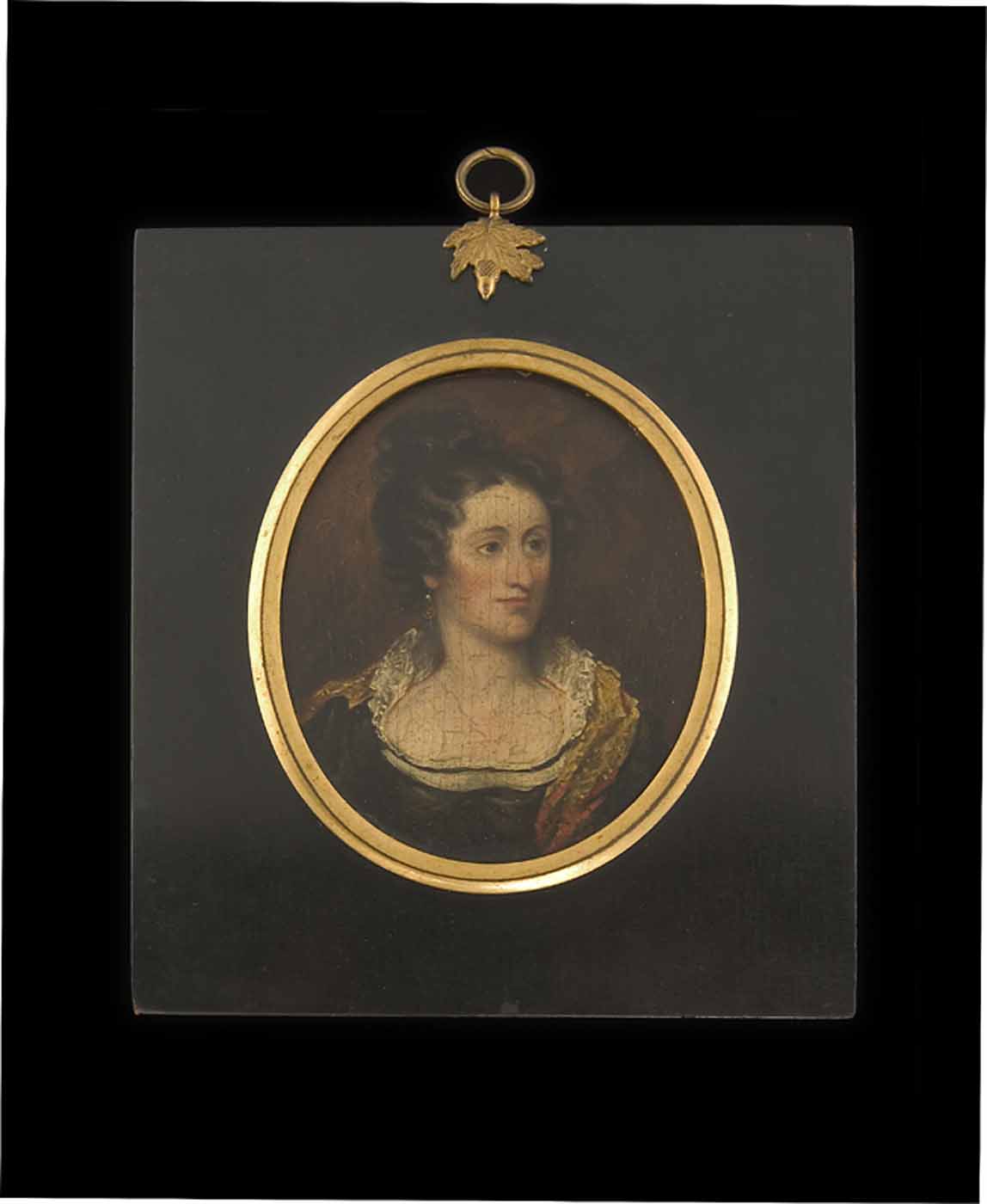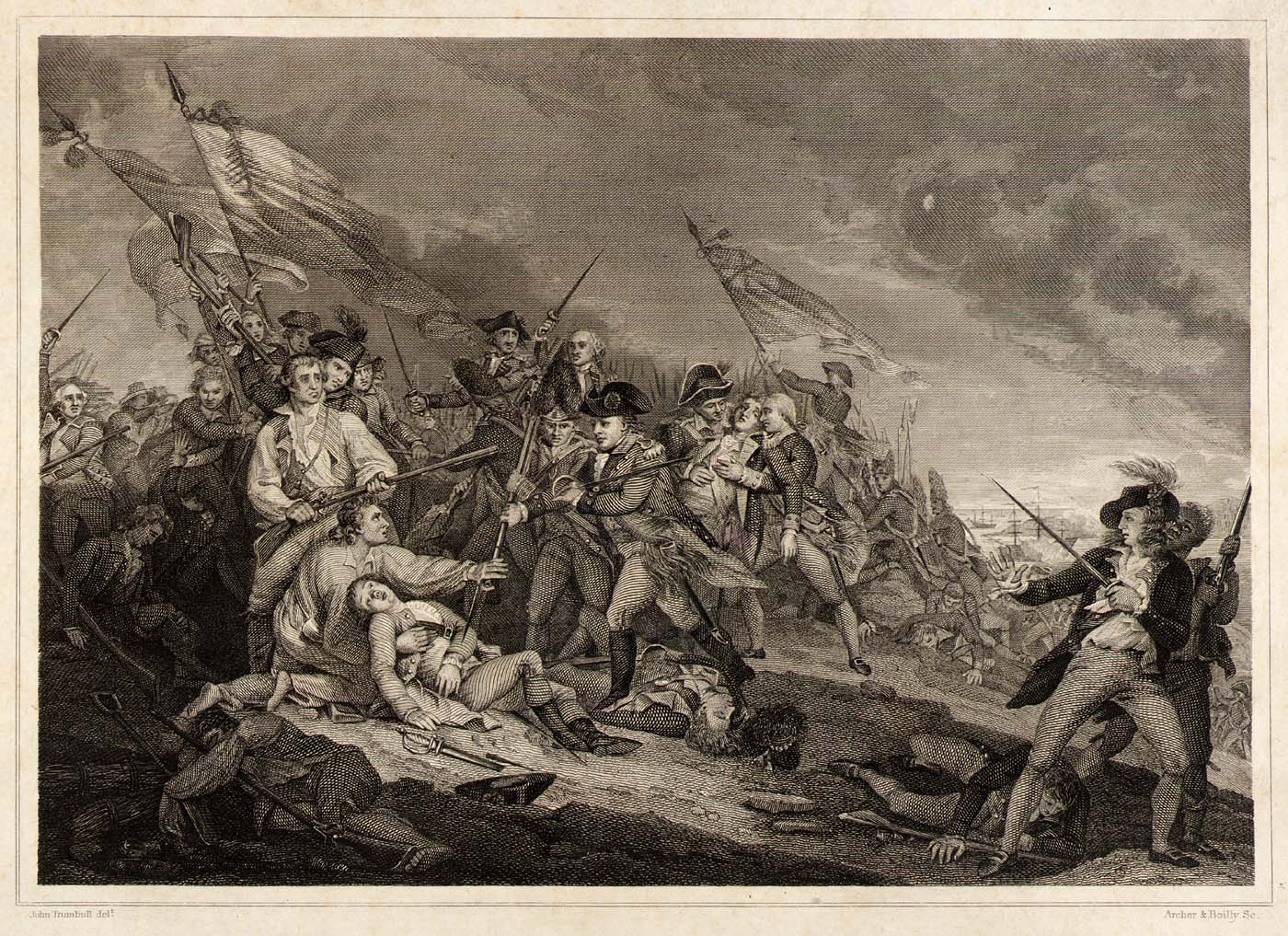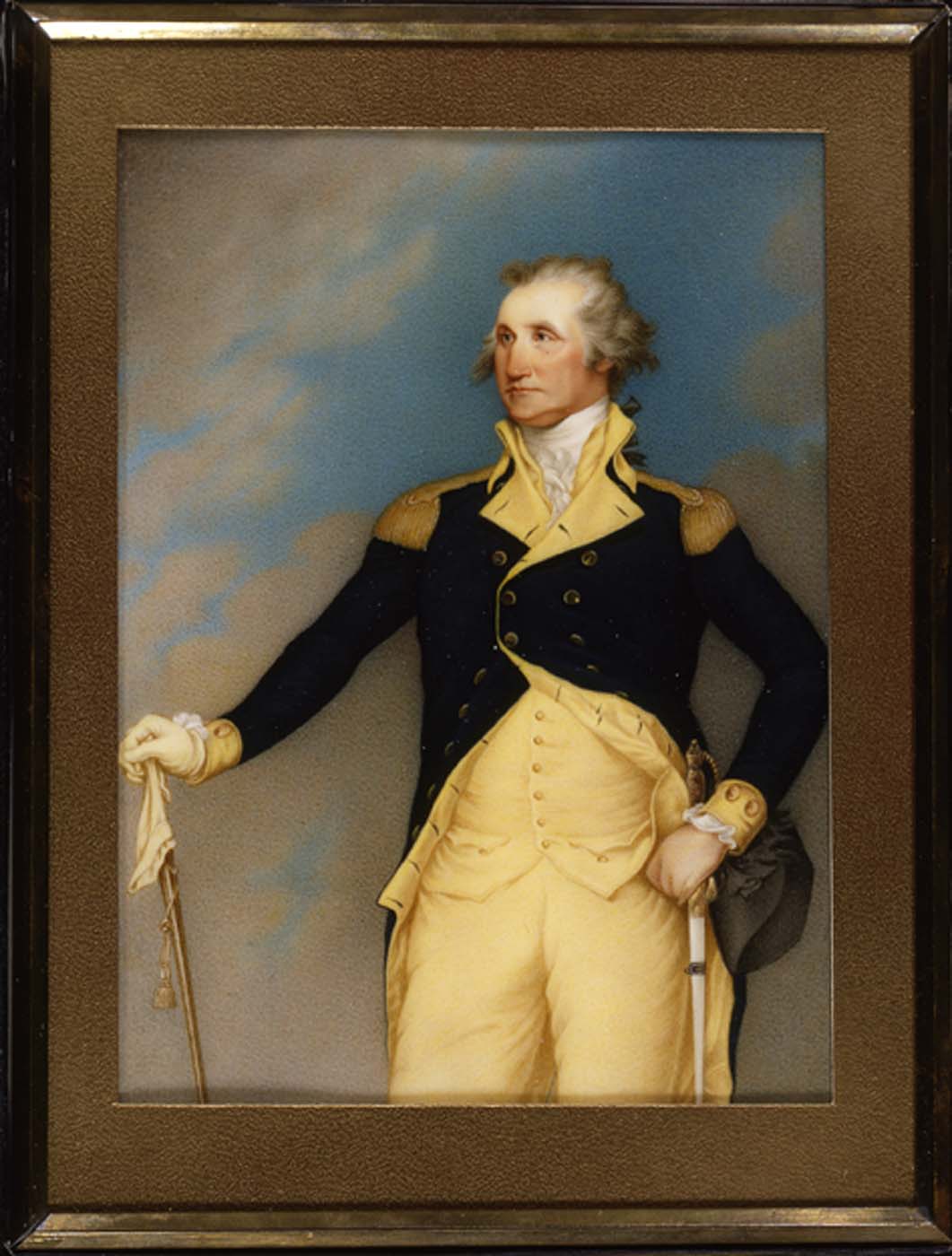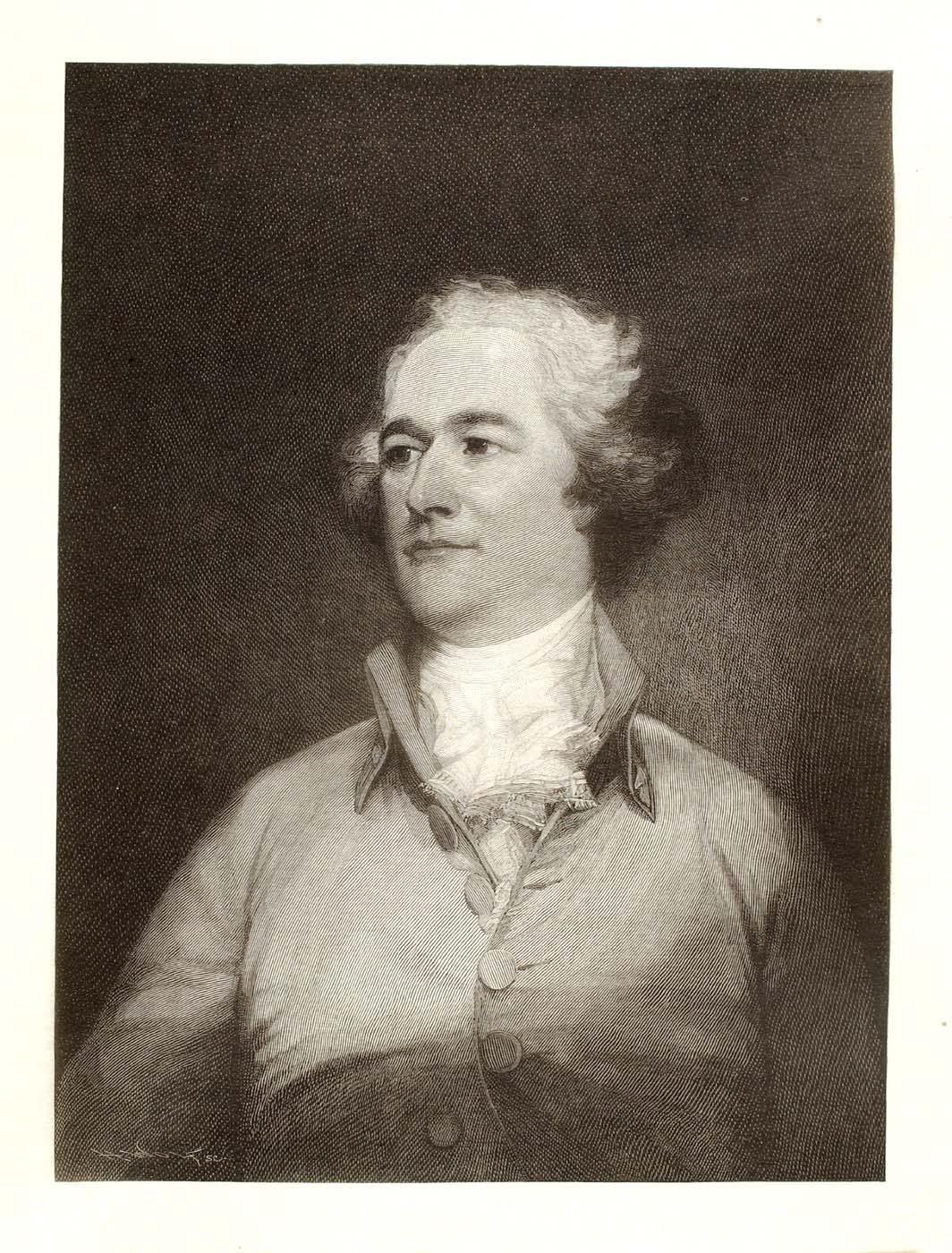John Trumbull
Born into a distinguished Connecticut family, John Trumbull was a graduate of Harvard who served the young nation as an officer in the Continental Army and later as a diplomat. He was also one of America's most versatile and accomplished artists. A pupil in London of the influential expatriate artist Benjamin West, Trumbull explored many subjects during his long career. In addition to his portraits and landscapes, he memorialized battle scenes from the Revolutionary War, eventually producing four historical paintings for the United States Capitol Rotunda. Trumbull's long support of the American Academy of Fine Arts, serving as president from 1816 to 1835, testified to his commitment to developing the nation's arts.
After being dismissed from a London post with the Jay Treaty commission in 1804, John Trumbull returned to the United States to resume his career as a painter. He established a studio in New York City, where he devoted himself to portraiture; a widespread feeling of national discord discouraged him from immediately pursuing his ambitious plans for monumental history paintings. Trumbull enjoyed great success as a portraitist during his four-year residence in New York, counting among his patrons the municipal government as well as the city's most prominent Federalist families. Economic conditions, specifically a trade embargo against Britain, "threatened the entire destruction … of the prosperity of those friends from whom I derived my subsistence," Trumbull observed. His portrait business waning, he returned in 1808 to London's more lucrative and encouraging environment, where he remained until 1816.
National Museum of American Art (CD-ROM) (New York and Washington D.C.: MacMillan Digital in cooperation with the National Museum of American Art, 1996
Objects at Crystal Bridges Museum of American Art (1)
Objects at Colby College Museum of Art (1)
Objects at Princeton University Art Museum (2)
Objects at Gilcrease Museum (2)
Objects at National Portrait Gallery (9)
Objects at Smithsonian American Art Museum (12)
Objects at Archives of American Art (13)




